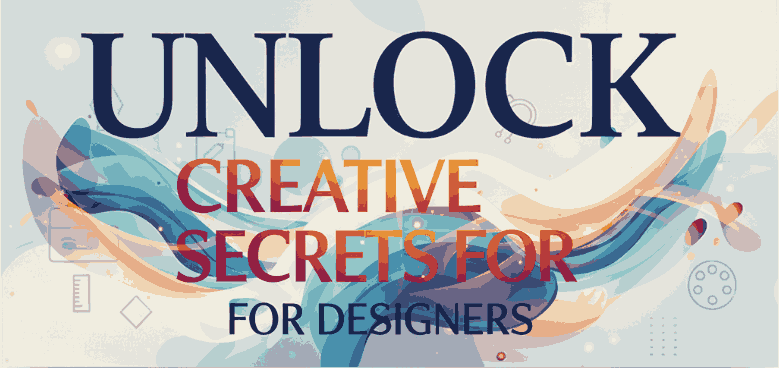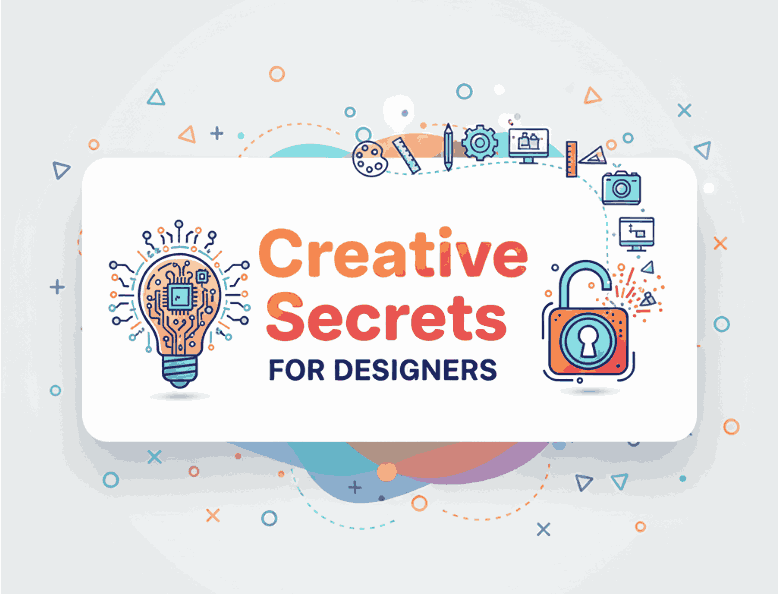
Table of Contents
- Introduction
- Why Fonts Play a Vital Role in Design
- Different Types of Fonts Explained
- Serif Fonts
- Sans Serif Fonts
- Script Fonts
- Display Fonts
- Monospaced Fonts
- How to Choose the Right Font Type for Your Project
- Examples of Fonts You Can Try
- Tips for Pairing Different Types of Fonts
- Common Mistakes to Avoid
- Conclusion
- References
1. Introduction
Typography is at the heart of visual communication. Fonts shape the mood, tone, and effectiveness of a design project. Understanding different types of fonts is essential for designers, marketers, and brand owners who want to create impactful work. In this article, we’ll explore the most common font categories, give practical examples, and share tips on how to use them effectively.
2. Why Fonts Play a Vital Role in Design
Fonts are not just decorative—they deliver meaning. A well-chosen font can:
- Reinforce a brand’s personality.
- Improve readability across print and digital platforms.
- Evoke emotions like trust, elegance, or excitement.
Ignoring font choice often results in designs that fail to connect with the audience.

3. Different Types of Fonts Explained
Serif Types of Fonts
Serif fonts have small strokes or “feet” at the ends of letters. They are often seen in books, newspapers, and formal documents. Serif fonts convey tradition, authority, and professionalism.
Sans Serif Types of Fonts
Sans serif fonts are clean, simple, and modern. They are widely used for websites, apps, and brands that want a minimalist aesthetic. They enhance readability on digital screens.
Script Types of Fonts
Script fonts mimic handwriting and calligraphy. They can be elegant, casual, or playful, depending on the style. For example, you can use Southlake Font for sophisticated branding or invitations.
Display Types of Fonts
Display fonts are bold, unique, and designed for headlines. They grab attention and set the tone for creative projects. For instance, Secret Come Font is perfect for making a striking impression.
Monospaced Types of Fonts
Monospaced fonts assign equal width to every character. They are traditionally used in coding but also work well in retro or editorial designs.
4. How to Choose the Right Font Type for Your Project
When selecting fonts, consider the following:
- Purpose: Is the project for print, digital, or branding?
- Audience: Who are you designing for—corporate clients, creative startups, or casual communities?
- Tone: Should the design feel formal, modern, playful, or bold?
- Practicality: Always test readability on multiple devices and sizes.
5. Examples of Fonts You Can Try
Here are a few font examples from our collection to show how different types of fonts can be applied in real projects:
- Southlake Font — an elegant script font for classy design.
- Secret Come Font — a creative display font with personality.
- Good Memories Font — perfect for branding projects with a nostalgic vibe.
- Healing Time Font — a modern calligraphy font for lifestyle and wellness brands.
6. Tips for Pairing Different Types of Fonts
Great typography often comes from pairing fonts thoughtfully. A few best practices:
- Pair Serif + Sans Serif for balance between classic and modern.
- Combine Script + Sans Serif for a playful yet professional contrast.
- Use Display + Neutral Sans Serif for striking headlines with readable body text.

7. Common Mistakes to Avoid
- Using too many font types in one project. Stick to 2–3 fonts maximum.
- Choosing fonts based on trendiness rather than long-term usability.
- Ignoring hierarchy—your headline, subhead, and body should have clear distinction.
- Neglecting accessibility—always test font readability.
8. Conclusion
Understanding the different types of fonts is key to creating professional and engaging designs. Whether you need a serif for elegance, sans serif for clarity, script for personality, display for attention, or monospaced for a unique look—fonts are powerful tools that shape your visual identity. Explore different options, experiment with pairings, and let fonts elevate your creative projects.
